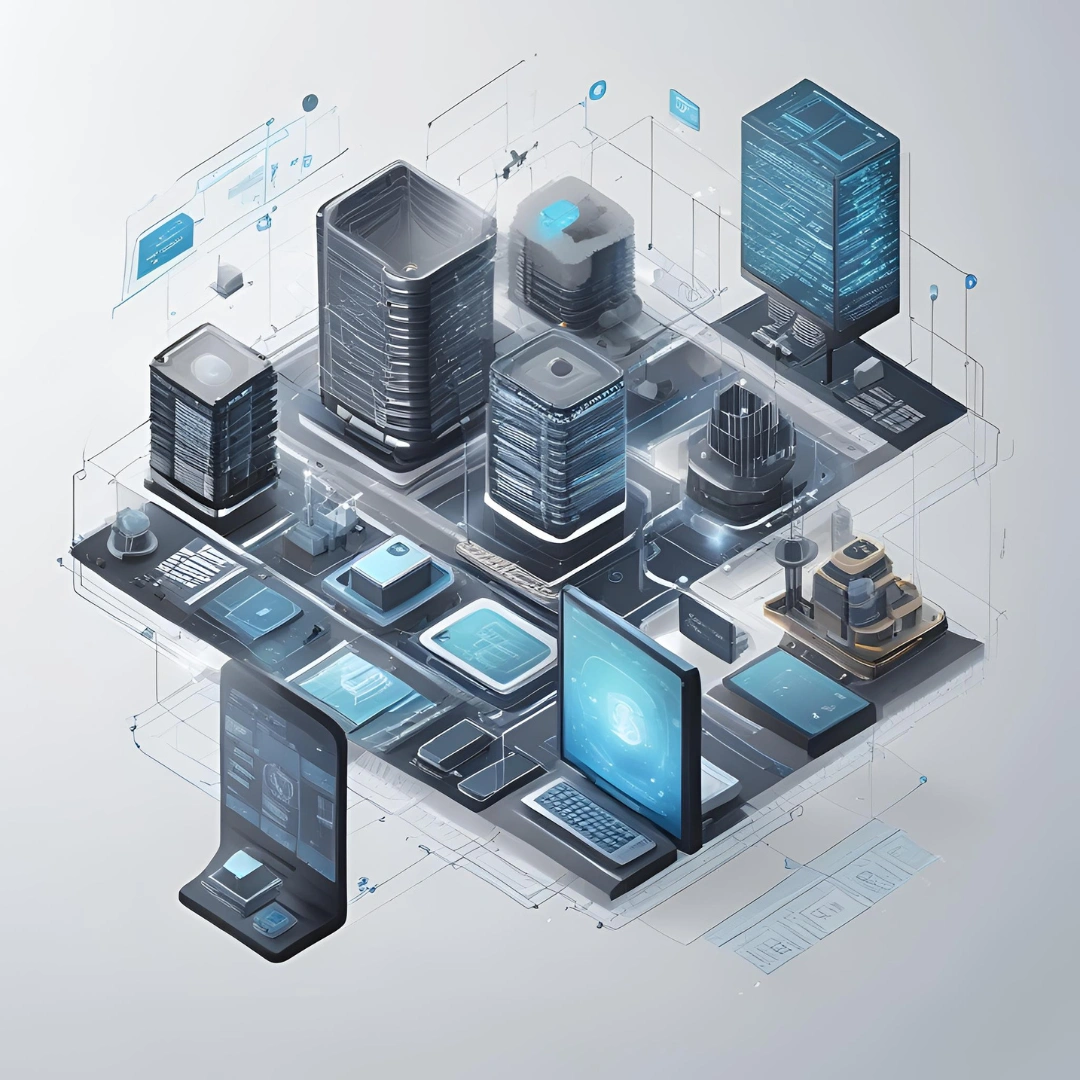New problems are arising for classic cloud computing paradigms in the era of linked devices and growing data volumes. Let us introduce edge computing, a revolutionary methodology that aims to completely change how we handle and examine data. This in-depth article delves into the fundamentals, uses, advantages, and potential future developments of edge computing, illuminating its revolutionary role in the digital landscape.
Understanding Edge Computing
A decentralized computing infrastructure known as "edge computing" places data processing and storage closer to the point of data generation. In contrast to conventional cloud computing, which depends on centralized data centers, edge computing processes data very instantly by utilizing a dispersed network of edge devices, including edge servers, gateways, and sensors. Edge computing improves reaction times and performance for latency-sensitive applications by lowering latency and using less bandwidth.
Key Components of Edge Computing
-
Edge Devices: These are the data generation endpoints, which include smartphones, connected gadgets, and Internet of Things sensors.
-
Edge Gateways: By gathering and preparing data before delivering it to the cloud or edge servers, these devices serve as a bridge between edge devices and the cloud.
-
Edge Servers: These servers are in charge of local data processing and analysis and are situated closer to the edge devices.
-
Edge Computing Software: This comprises middleware, operating systems, and applications that facilitate edge computing features like security, real-time analytics, and data caching.
Applications of Edge Computing
Edge computing finds applications across various industries and use cases, empowering organizations to unlock new opportunities for innovation and efficiency:
-
IoT and Smart Devices: By providing real-time data processing and analytics at the edge, edge computing expands the capabilities of Internet of Things devices. This is especially helpful in situations like connected cars, smart cities, and industrial automation where high reliability and low latency are essential.
-
Retail and Customer Experience: Personalized consumer experiences in retail are made possible by edge computing, which offers real-time inventory management, dynamic pricing, and targeted advertising. Retailers may increase customer happiness and boost sales by providing personalized recommendations and promotions by analyzing client data at the edge.
-
Healthcare and Telemedicine: In the healthcare industry, edge computing makes telemedicine, predictive analytics, and remote patient monitoring easier. Healthcare providers can lower healthcare costs, enhance patient outcomes, and deliver therapies on time by processing medical data at the edge.
-
Autonomous Vehicles: Autonomous cars can make snap judgments based on real-time sensor data thanks in large part to edge computing. Autonomous vehicles do not need to rely on centralized cloud servers to respond to changing traffic patterns and road conditions because sensor data is processed locally.
-
Industrial IoT and Industry 4.0: Edge computing makes quality control, process optimization, and predictive maintenance possible in manufacturing and industrial environments. Manufacturers can find anomalies, reduce downtime, and increase manufacturing process efficiency by monitoring sensor data at the edge.
Benefits of Edge Computing
Edge computing offers several benefits over traditional cloud computing models:
-
Reduced Latency: Edge computing reduces latency and makes it possible for applications that are latency-sensitive to respond more quickly by processing data closer to the source.
-
Bandwidth Optimization: By minimizing the need to send massive amounts of data to centralized cloud servers, edge computing improves bandwidth efficiency and eases network congestion.
-
Improved Reliability: Because edge computing allows for local data processing and storage, it improves the resilience and dependability of dispersed systems. By doing this, the chance of service interruptions due to network failures or connectivity problems is decreased.
-
Enhanced Privacy and Security: By processing and analyzing data locally, edge computing eliminates the need to send sensitive data over a network. As a result, there is less chance of sensitive data being exposed to potential cyber threats, improving privacy and security.
-
Scalability and Flexibility: By allocating processing power among a network of edge devices, edge computing provides flexibility and scalability. This enables businesses to scale their infrastructure in response to shifting workload and demand demands.
Challenges and Considerations
While edge computing offers significant benefits, it also presents several challenges and considerations that organizations must address:
-
Data Management: Robust data management and synchronization procedures are necessary for the complicated and demanding task of managing and coordinating data across a dispersed edge computing architecture.
-
Security Concerns: Edge computing poses additional security threats and concerns, including device vulnerabilities, unauthorized access, and data breaches. To safeguard edge devices and data, organizations need to put comprehensive security measures in place.
-
Interoperability: For smooth integration and deployment, it is essential to guarantee compatibility and interoperability across various edge computing platforms and devices.
-
Resource Constraints: The kinds of applications and workloads that can be supported by edge devices are constrained by their frequent limitations in terms of processing power, storage capacity, and battery life.
-
Regulatory Compliance: When implementing edge computing solutions, especially in sectors with stringent privacy and security rules, organizations must make sure that they are in compliance with regulatory standards and data protection legislation.
Conclusion
To sum up, edge computing is a paradigm change in data processing and analysis that opens doors for businesses to become more creative, efficient, and flexible. Edge computing improves dependability and security, reduces latency, and maximizes bandwidth use by processing data closer to the source. The advantages of edge computing greatly outweigh the hazards, opening the door for a new era of intelligent systems, linked gadgets, and game-changing applications even though there are obstacles and issues to take into account. Organizations will open up new options and bring about significant change in the digital world as they adopt edge computing and realize its full potential.





Leave a Reply